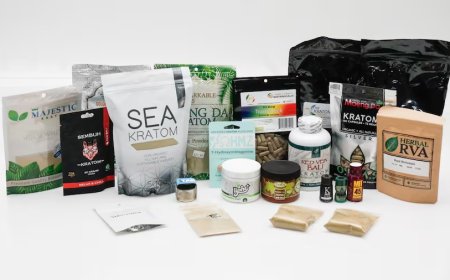Breaking Down MyPlate: A Simple Guide to Balanced Eating
Using MyPlate as a guide can help you create meals that nourish your body and support long-term wellness. What is one change you can make to your plate today?

What is MyPlate?
Eating healthy does not have to be confusing. MyPlate is a simple, visual guide created by the U.S. Department of Agriculture to help people build balanced meals. It replaces the old food pyramid and provides an easy way to see what a healthy plate should look like. By following MyPlate, you can make better food choices without overcomplicating your meals.
The Five Food Groups on Your Plate
A well-balanced meal includes five key food groups: fruits, vegetables, grains, protein, and dairy. Each plays an important role in keeping your body strong and healthy.
Fruits and Vegetables: Half Your Plate
Fruits and vegetables should make up half of your plate. They are packed with vitamins, minerals, and fiber that help your body function properly. Try to include a variety of colors on your plate, as different colors provide different nutrients. Fresh, frozen, or canned fruits and vegetables all count, but try to avoid added sugars and excessive salt.
Grains: A Quarter of Your Plate
Grains provide energy and essential nutrients. At least half of your grains should be whole grains, like brown rice, whole wheat bread, and quinoa. These are higher in fiber and keep you feeling full longer. Refined grains, like white bread and white rice, are lower in nutrients, so try to eat them less often.
Protein: A Quarter of Your Plate
Protein is essential for building and repairing muscles. Good protein sources include lean meats, poultry, fish, beans, lentils, tofu, nuts, and seeds. Try to choose lean proteins and plant-based options more often to support heart health.
Dairy: A Side of Your Plate
Dairy provides calcium and vitamin D, which are important for strong bones. Choose low-fat or fat-free options like milk, yogurt, and cheese. If you do not consume dairy, look for fortified plant-based alternatives like almond milk or soy milk.
Tips for Making Healthier Choices
Fill half your plate with colorful vegetables and fruits to get a variety of nutrients.
Choose whole grains over refined grains whenever possible.
Include lean proteins, such as fish, chicken, beans, or nuts, in your meals.
Select low-fat or non-dairy alternatives for calcium and vitamin D.
Drink water instead of sugary drinks to stay hydrated and support overall health.
Putting MyPlate Into Action
Eating balanced meals does not have to be complicated. Start by making small adjustments to your plate. Swap white rice for brown rice, add an extra serving of vegetables, or choose fresh fruit instead of dessert. Over time, these small changes add up to big health benefits.
Using MyPlate as a guide can help you create meals that nourish your body and support long-term wellness. What is one change you can make to your plate today?
For More Details: chronicdiseasenutritionbynirmala




























